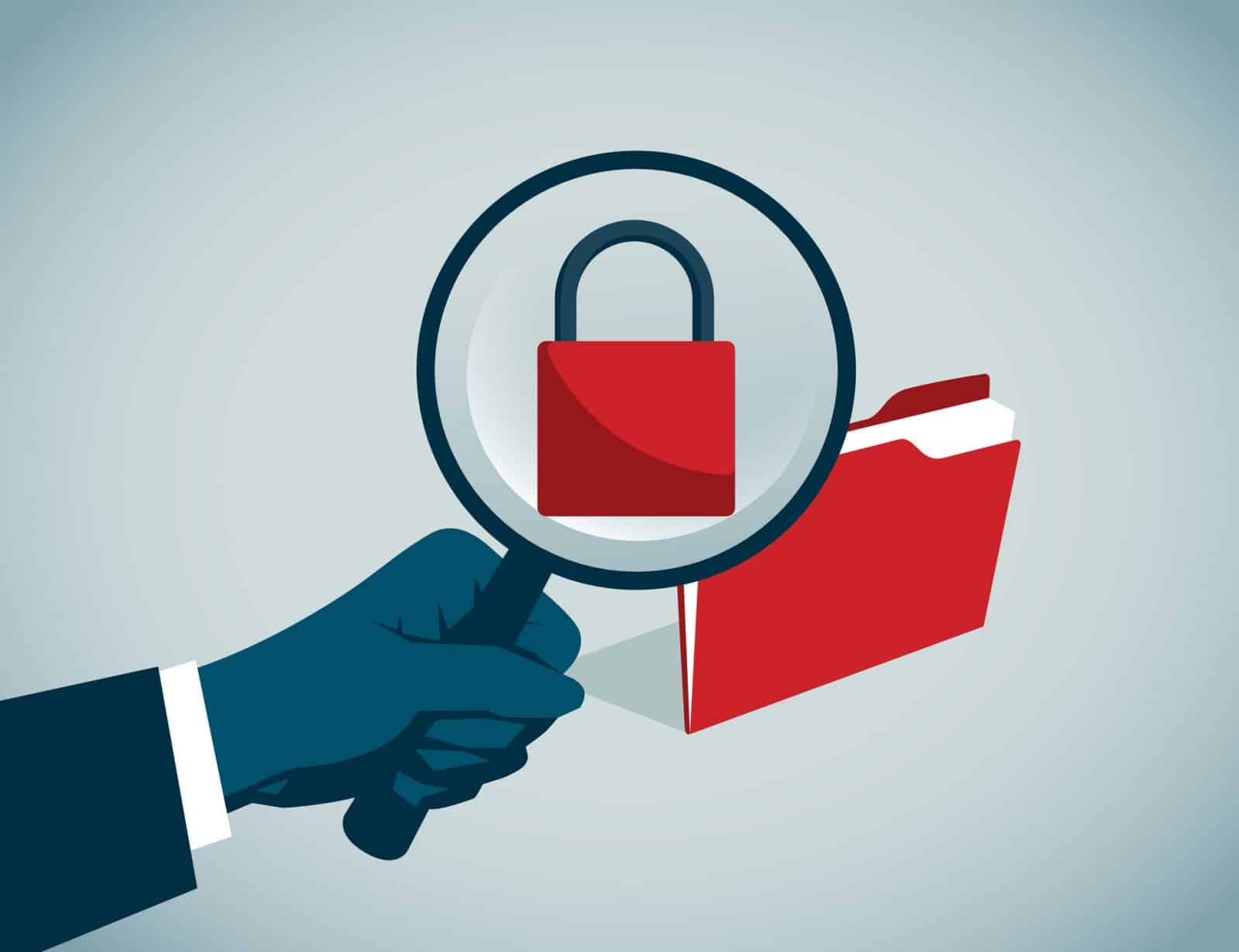Intellectual property experts Dana Rewoldt and James Weatherly highlight the basics of non-disclosure agreements.
In highly innovative and competitive industries, the protection of intellectual property (IP) is a necessity. That compounded with the fact that the world has expanded, with companies working in geographies far beyond their immediate communities and partnering with organizations and individuals who have different skillsets and expertise, means the use of non-disclosure agreements is an increasingly essential aspect of business.
In the seed industry, a non-disclosure agreement (NDA) may or may not be included as part of the work contract. The confidentiality agreement within the work contract and the NDA are very similar in intent; the NDA takes the notion of keeping a secret even further.
In its most simple form, James Weatherly, Seed Innovation and Protection Alliance executive director, says that an NDA is a contract that binds potential employees, partners, contractors or buyers to keeping specific proprietary information confidential.
NDAs can be used for a number of business purposes. Five common uses include when:
1. Discussing the sale of, or licensing of, a product or technology.
2. Employees have access to confidential and proprietary information.
3. Presenting of an offer to a potential partner or investor.
4. Receiving services from a company that has access to sensitive information.
5. Sharing business information with a prospective buyer.
The use of NDAs is even more important now that the United States switched its legal concepts defining who has the right to the grant of a patent from a first-to-invent system to a first-to-file system, explains Dana Rewoldt, Iowa State University associate director of industry contracts for the Office of Intellectual Property and Technology Transfer.
“When a company or individual has an invention, if someone starts openly talking about how that invention works, then in many countries you have lost your right to file for intellectual property protection,” Rewoldt says.
Prior to joining Iowa State University, Rewoldt served as a senior patent attorney for Syngenta for the better part of a decade and before that she headed up Advanta’s International IP Counsel. As an experienced patent attorney, Rewoldt walks us through the types of NDAs, when each might be used and a few details to keep in mind.
One-Way NDAs are most commonly used by companies when discussing the sale of, or licensing of, a product or technology or when presenting an offer to a potential partner or investor. This means the company discloses information to a recipient without the expectation that proprietary information will need to be reciprocated. Only the receiving party signs the agreement. It’s more of a take-it or leave-it approach, Rewoldt says.
Bilateral NDAs, sometimes referred to as mutual NDAs, are most useful when there needs to be an exchange of confidential information between two parties. These agreements are commonly used when a company looks to receive services from a different company, organization or individual who has access to sensitive information, and when sharing business information with a prospective buyer. In bilateral agreements, Rewoldt says it’s critical for each party to be really clear on who owns what. “It can be very dangerous to tell someone your ideas, and then they expand on it more than you were thinking,” she says. “You have to be clear and define the lines in the sand.”
Multilateral NDAs are less frequently used but still commonplace in today’s seed industry and can be structured a few different ways. As an example, a trilateral agreement may be structured to allow a trait developer to work with a multiplication company and a marketing firm so that in a meeting all parties can share information freely with each party involved. A different example could be Company A contracts a university researcher to conduct trials of five products across 20 different sites and a data analytics firm to analyze and compile the results, where there’s a flow of information being developed and exchanged among the three parties involved. Multilateral agreements are most useful when a company with confidential information wants services from two or more companies that will have to access and exchange information together to perform services.
According to Weatherly and Rewoldt, the best NDA’s are only a few pages in length, and clearly define what is confidential, the scope of the confidentiality obligation, exclusion from confidential treatment and terms of the agreement. Rewoldt notes that for signatories to an NDA, it’s important to know that just because a confidentiality agreement has expired doesn’t necessarily mean that your obligation to maintain information confidential has expired.
As an example, an NDA might expire one year from the effective date; however, it might also state “all confidential information shall be held confidential by the recipient for three years after date of receipt of the confidential information.”
“Until that time frame of three years is up, you are still obligated to maintain the information, confidential,” she says.
Rewoldt and Weatherly both caution parties to an NDA to know exactly what you are agreeing to before signing the agreement.












